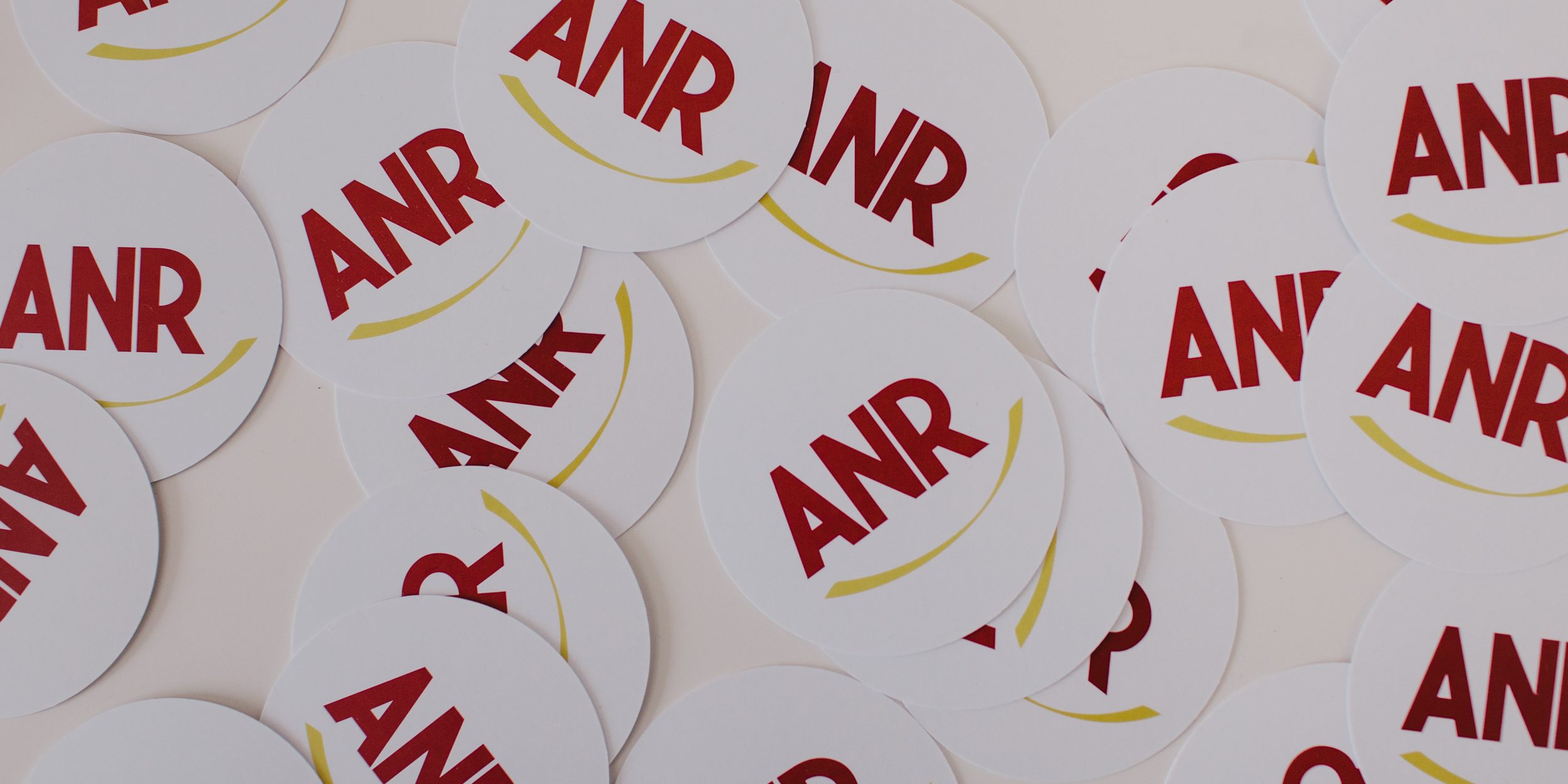Every year, before heading into the Holiday season, the Canada Revenue Agency provides important information for what is in store for 2025 on tax brackets, RRSP and TFSA limits and changes to the prescribed interest rate. Here is a quick summary of what to expect in 2025.
Tax brackets for 2025
For 2025, all five federal income tax brackets have been indexed to inflation using the 2.7 per cent rate. The new 2025 federal brackets are: zero to $55,375 of income (15 per cent); above $55,375 to $114,750 (20.5 per cent); above $114,750 to $177,882 (26 per cent); above $177,882 to $253,414 (29 per cent), with anything above that taxed at 33 per cent. Each province also has its own set of provincial tax brackets, most of which will also be indexed to inflation, but using their respective provincial indexation factors.
The indexing of the tax brackets mean that each bracket has increased, giving a little more room before you jump into the next tax bracket based on your income. Looking at strategies to avoid jumping into the next higher tax bracket can minimize your tax. One strategy is effectively utilizing RRSP contributions to lower your taxable income.
Basic personal amount
The basic personal amount is the amount of income you can earn without paying any federal tax.
For 2025, the Basic Personal Amount will be $16,129 meaning an individual can earn up to this amount in 2025, before paying any federal income tax. For taxpayers earning above this amount, the value of the federal credit is calculated by applying the lowest federal personal income tax rate (15 per cent) to the basic personal amount, making it worth $2,419. (This is a non refundable credit so it’s only worth the maximum amount if you otherwise would have paid that much tax in the year.)
Tax-free savings account limit
The Tax Free Savings Account (TFSA) limit will remain at $7,000 for 2025. The indexed TFSA dollar amount for 2025 is now at $6,963, meaning that the limit gets boosted to $7,000, the closest $500 increment. The TFSA is a great option for investing funds which will grow tax free. The TFSA is flexible, so if you need access to these funds, you can access them quickly and without having to have tax withheld.
Registered Retirement Savings Plan limit
The RRSP dollar limit for 2025 is $32,490, up from $31,560 in 2024. Remember, your RRSP Contribution Limit is set at 18% of your 2024 earned income, which includes (self) employment and rental income, up to the RRSP dollar limit of $32,490, plus any unused RRSP contribution room from 2024, subject to any pension adjustments.
Old Age Security (OAS)
If you receive Old Age Security, the OAS repayment threshold is set at $93,454 for 2025, meaning that your OAS will be reduced in 2025 if your taxable income is above this amount.
Prescribed rate
Finally, the prescribed interest rate for the first quarter of 2025 will be decreasing to 4%. This is the “base rate,” and applies to taxable benefits for employees and shareholders, low-interest loans and other related-party transactions. The rate for tax refunds is two percentage points higher than the base rate, meaning that if the CRA owes you money, the rate of interest will be 6% as of Jan. 1, 2025.
If you owe the CRA money, however, the rate the CRA charges is a full four percentage points higher than the base rate. This puts the interest rate on tax debts, penalties, insufficient instalments, unpaid income tax, CPP contributions and EI premiums at 8% come Jan. 1, 2025. With the interest rate staying high on amounts owed, instalments payments and unpaid contributions, it is important to stay current with CRA.
Until next time…


